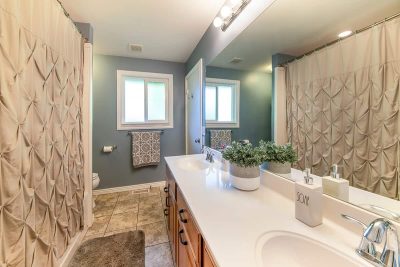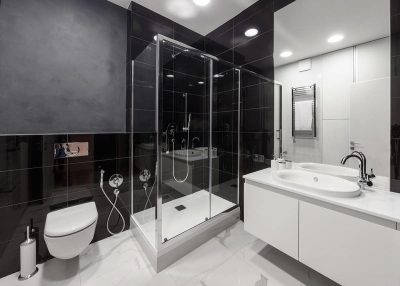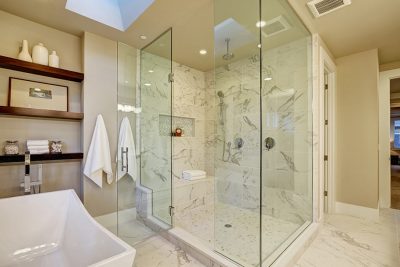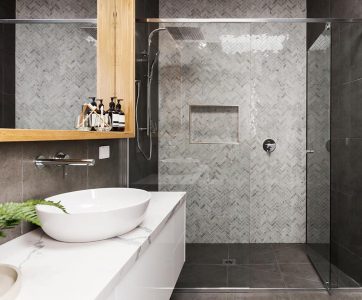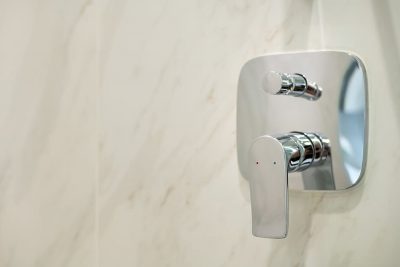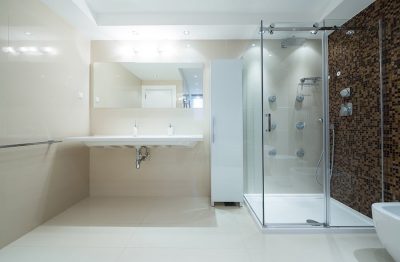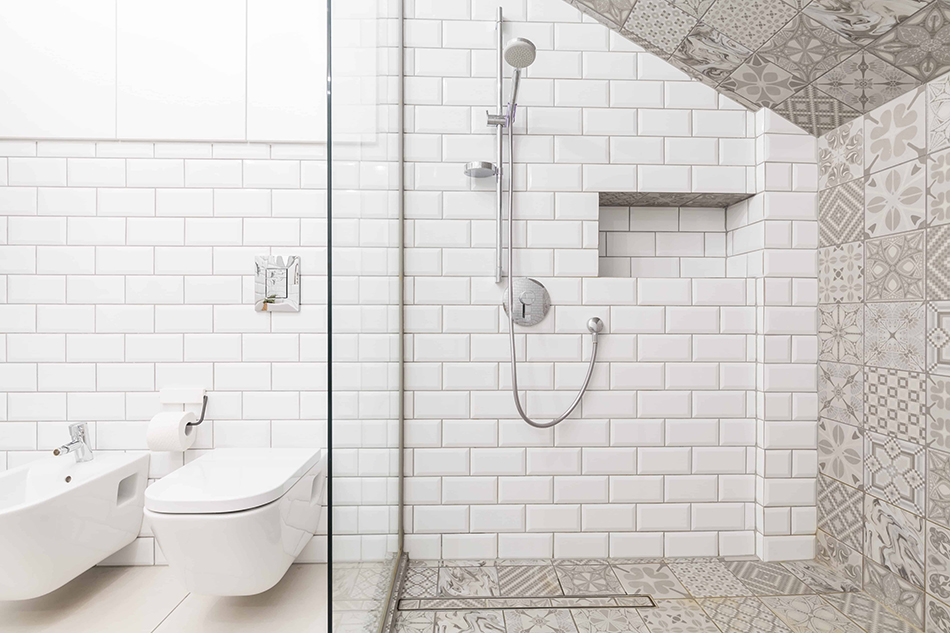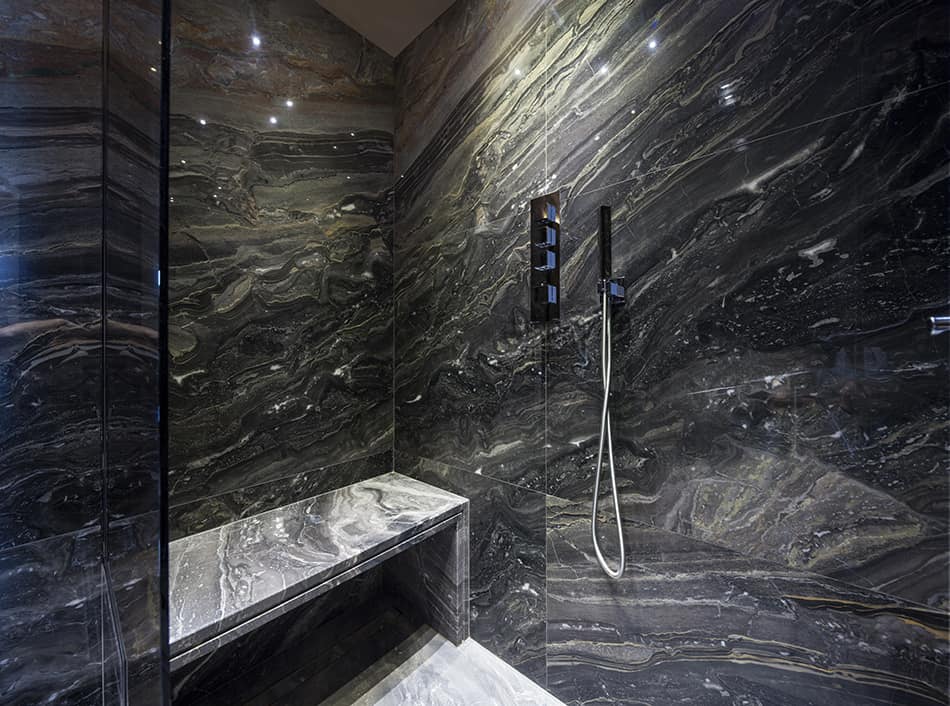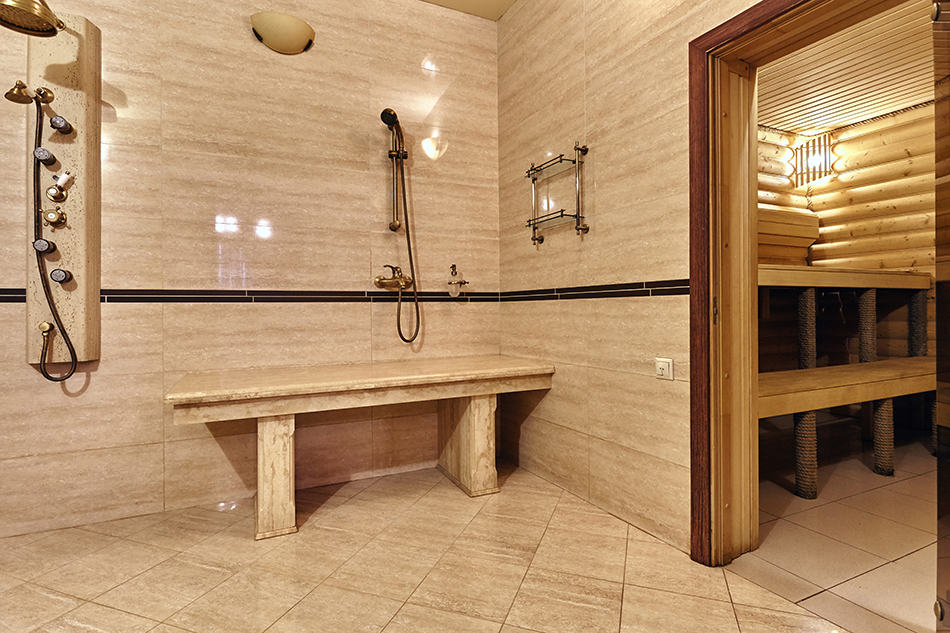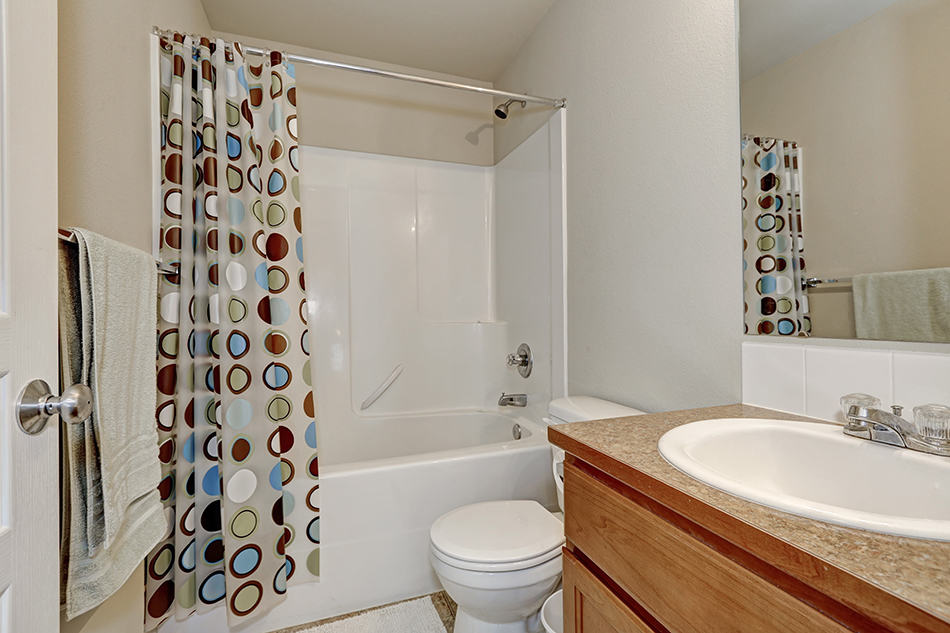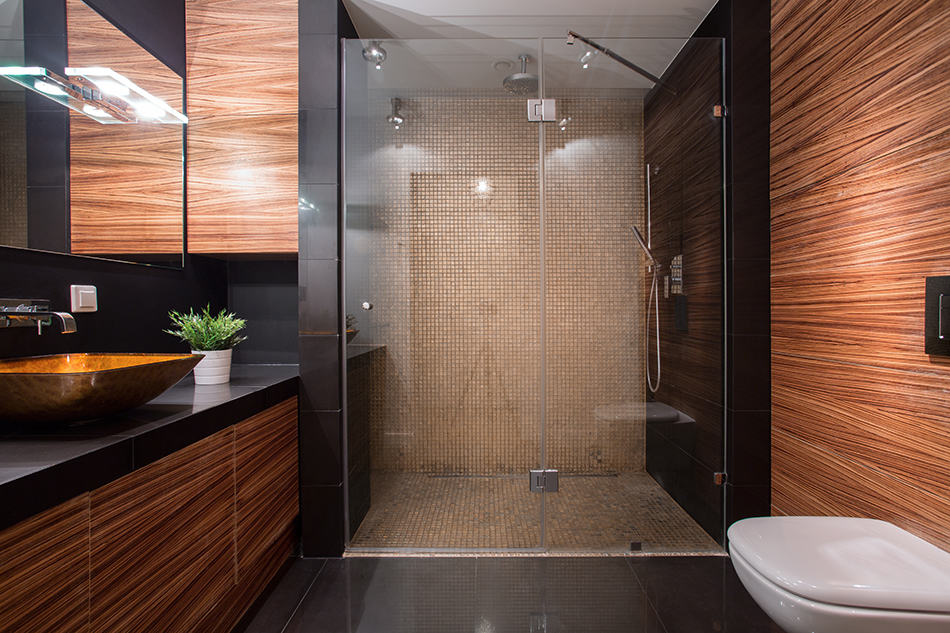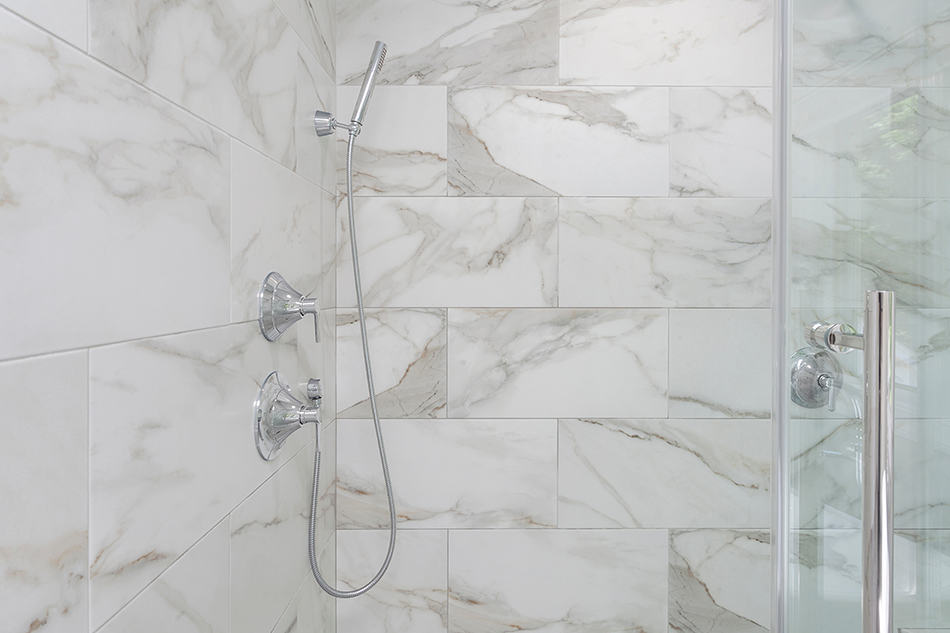Blue is a color that emits a soothing and calming effect. When utilized for the bathroom walls, you can create a relaxing atmosphere. But the question is, what color shower curtain goes with blue walls?
When it comes to shower pan sizes, you’ll find they usually come in even-numbered measurements. . They range from a cozy 32×32 inches all the way up to a spacious 42×60 inches.
When it comes to standard shower pan sizes, you’ll find they usually come in even-numbered measurements. They range from a cozy 32×32 inches all the way up to a spacious 42×60 inches.
As for shower pan depth, aim for a minimum of 2 inches above the drain, and you can go up to a luxurious 6 inches. If you’re going for a sloped floor, calculate the slope per foot and then subtract 2 inches to get your minimum shower pan depth.
A lot of homeowners opt for a standalone shower in their bathroom. The good news is that there are several ways to create one in your bathroom. However, it is vital that you understand the several parts of a shower area, including the shower curb.
If you are thinking of a cost-effective way to renovate your bathroom, then you should consider zero-entry showers. Most people are perplexed by the term “zero-entry showers” because they start wondering how to enter the shower if it has zero entries. However, these showers are also known as curb-less showers or low-threshold showers. From these names, one can deduce that showers without any elevated entry points are called Zero Entry Showers. These do not require stepping over any walls or barriers.
When installing a shower, it is best to follow the recommended shower handle height. Remember, a shower valve and spout that is too low can be uncomfortable. On the other hand, if you place them at a higher spot, some users may not be able to reach them properly. So, what is the standard shower handle height?
A lot of homeowners opt for pre-made shower bases, like shower pans, instead of installing tiles because of the benefits they provide. Aside from being inexpensive, they are also easy to install. Plus, you can pick from a variety of materials such as cast iron and acrylic.
You can easily find corner showers in 34 x 34″, 36 x 36″, 38 x 38″, and 42 x 42″ on the market. For spacious areas, the recommended choice is 42″ adnd their typical height is 72″.
Built-in and floating shower benches make great additions to a bathroom in a wide range of circumstances. The type of shower bench which works for one household will not work for another, as each has different advantages and disadvantages. Here we cover the pros and cons of built-in and floating shower benches to help anyone considering these options decide which type will work best for their space and the needs of their family.
If you are in the middle of choosing tiles and sink models, why not add a new shower bench too? A nice, ample shower bench rarely comes included in a standard bathroom package. However, these are very easy to install on any corner of your shower once you determine the right size.
Shower curtains are attractive additions that are a must-have in every bathroom. However, most curtains don’t come with a liner to protect the bathroom from excess moisture. While a shower curtain is relatively inexpensive, it doesn’t prevent mold and mildew growth.
Knowing the parts of your shower can help you fix simple problems without calling a plumber. Showers have come a long way from natural waterfalls to being a key part of our bathrooms. They let us pick the water temperature we like best. This article will explain the main components of a shower, making it easier for you to handle small issues and understand how your shower works.
Your shower – and, by extension, your bathroom – is probably the part of your house that you spend the most time cleaning. It’s also a good place to reset your mind from the hectic activities of the day. Therefore, it is worth investing the time and budget to ensure your shower doesn’t just feel clean but is also comforting and stylish. If you are already installed tile in the shower but don’t like it any more, and decide to install other alternatives in the next bathroom project, there are a lot of excellent alternatives to shower, which we are going to cover below.
